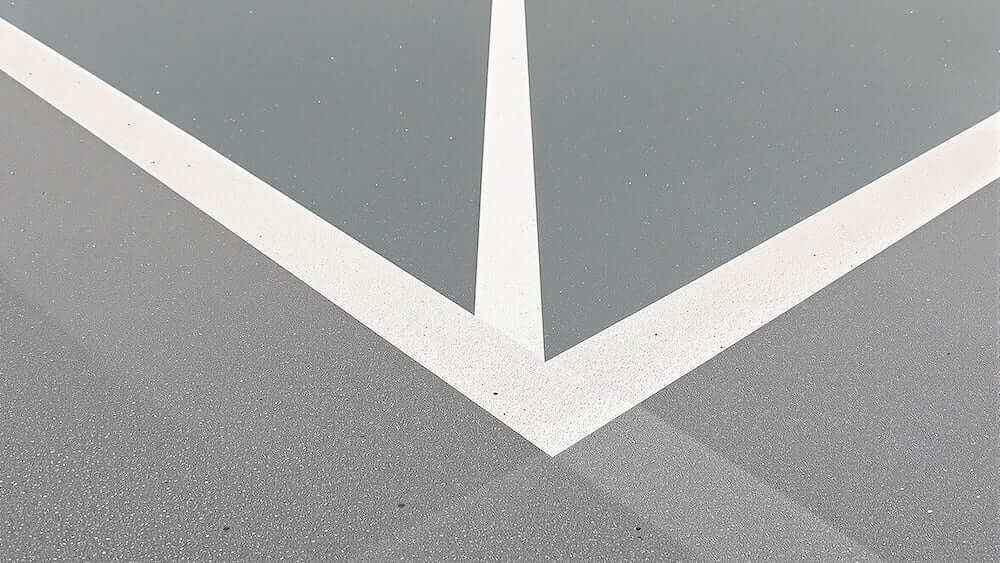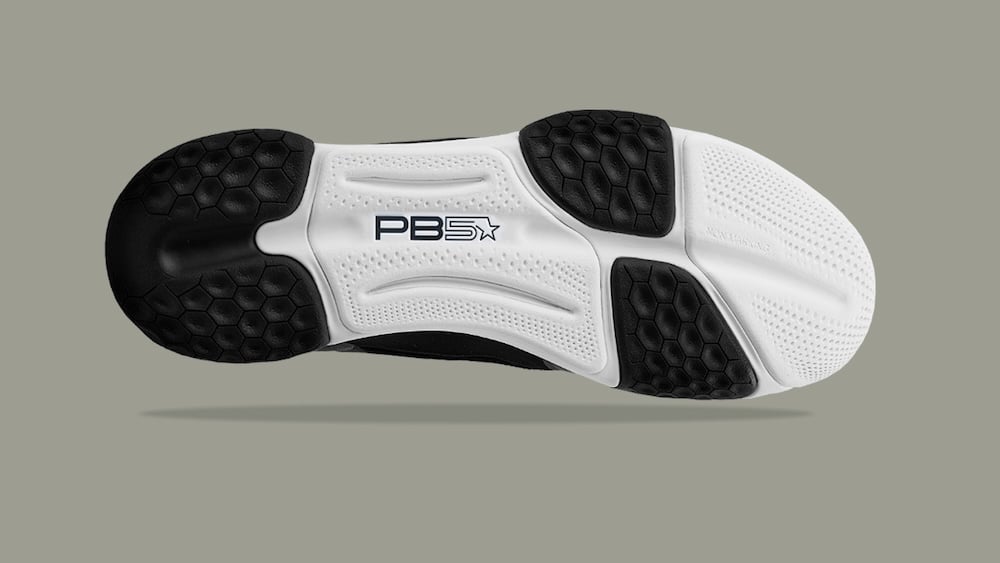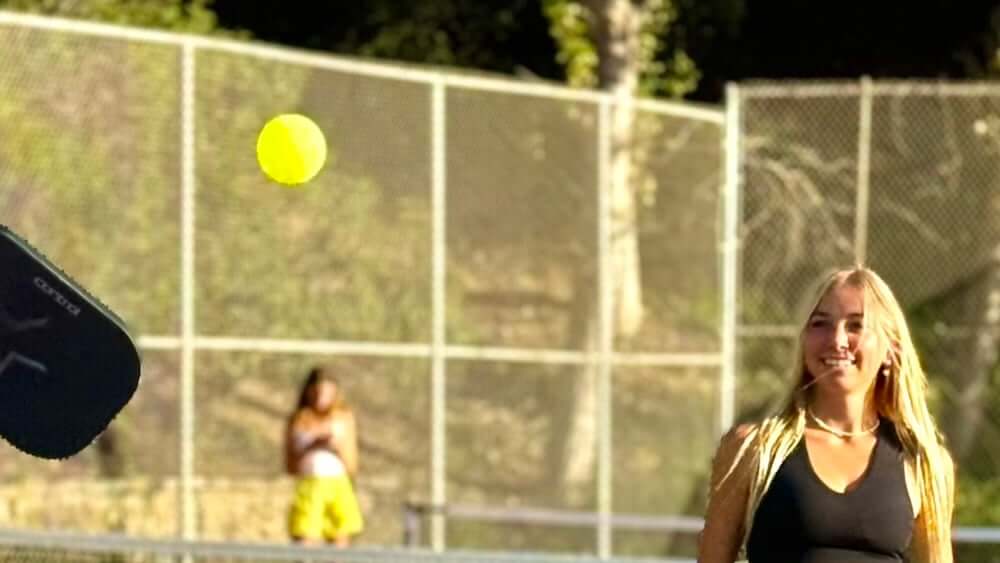Key takeaways:
Concrete courts provide a reliable and consistent surface that enhances game performance for both beginners and experienced players.
A comprehensive warm-up routine specifically designed for concrete play (including gentle cardio, dynamic stretches, and practice rallies) is essential for injury prevention.
With proper footwear featuring extra cushioning and lateral support, the joint impact concerns of concrete surfaces can be significantly minimized.
Concrete has proven itself as a reliable, accessible option that's helping pickleball expand. You'll find these versatile surfaces in public parks and community centers everywhere, offering durable, cost-effective playing areas that work for multiple sports.
The appeal of concrete courts comes from their consistency, affordability, and accessibility that players value. Sure, there are challenges but with the right preparation and equipment, you'll enjoy a great playing experience. A few simple tweaks to your gear, technique, and pre-game warm-up can transform these ubiquitous courts into perfect venues for satisfying pickleball sessions. Checkout PB5star for gear that performs well on various court surfaces!
Benefits of concrete courts
While many players initially consider concrete as a budget option, these courts offer distinct advantages. Here's why you should consider playing on concrete courts:
Superior durability - Concrete is incredibly tough. Rain, snow, hundreds of players stomping around - concrete takes it all in stride. While softer court surfaces might show wear and tear after a year or two, a well-made concrete court keeps going strong with basic maintenance. This means you'll get the same reliable playing experience season after season.
Cost effectiveness - Converting an existing concrete pad or pouring a new concrete court costs significantly less than installing specialized pickleball surfaces.
Consistent ball bounce - The ball bounces consistently on concrete surfaces. That predictable bounce helps you develop your game without constantly adjusting to surface variations. This consistency makes learning the game much more straightforward for newer players.
Multi-sport potential - Another great thing about concrete courts is their multi-sport potential. The same concrete pad that hosts your morning pickleball game can transform for basketball, hopscotch, or community events by evening. This flexibility makes concrete courts practical investments for schools, parks, and community centers with limited space.
Challenges of concrete courts
Concrete courts have characteristics that would initially make your games a bit harder, but they're far from deal-breakers. In time, you’ll develop habits and simple routines that make these challenges virtually unnoticeable after a few sessions.
Impact on joints: Your knees and ankles absorb more shock on concrete since it doesn't "give" like specialized surfaces. Good court shoes with extra cushioning make a world of difference here.
Surface hardness: Balls zoom faster on concrete. You'll notice they pick up speed and bounce higher than softer courts. Many players adjust by slowing down their swing and focusing more on placement than power.
Temperature sensitivity: Concrete heats up like a griddle in summer sunshine. Morning or evening sessions generally feel much more comfortable. Bring extra water, wear a hat, and maybe pack cooling towels for those mid-day games during hot months.
Moisture issues: A little morning dew or light rain creates surprisingly slippery conditions on concrete. Keep a few old towels in your gear bag to wipe down wet spots. When in doubt about safety, taking a short break beats risking a fall.
Surface texture: Rough concrete can quickly eat through balls and shoe soles. Many players prefer courts with a smooth finish or acrylic coating. These finishing touches look nicer and extend the life of your equipment.
Warm-up routines for concrete play
Your body needs extra preparation when playing on concrete. A proper warm-up is essential for protecting your joints from that hard surface.
Gentle cardio (5-10 minutes) - Begin with movement to get your blood flowing. A casual jog around the court perimeter or some high knees and butt kicks work perfectly. This gentle cardio wakes up your muscles and prepares your heart for activity.
Dynamic stretches - Focus on your lower body in dynamic stretches. Skip the static toe touches—they actually don't help much before play. Instead, try leg swings, walking lunges, and gentle hip rotations. These movements increase your range of motion while keeping your muscles active and warm.
Sport-specific movements - Add some pickleball-specific movements at about half-speed. Practice your dinking motion, reach overhead for imaginary lobs, and slide side-to-side as if covering the court. This connects your brain to your muscles for the movements you'll soon perform at full speed.
Practice rallies - Finish with a few minutes of casual rallies before jumping into competitive play. Start with basic dinks and gradually increase your intensity. This final step helps you adapt to the court's specific bounce characteristics while completing your physical preparation.
Taking these few minutes to prepare properly often makes the difference between feeling great after play and hobbling to your car with sore knees. Concrete gives less forgiveness than softer surfaces, so your body will thank you for the extra attention.
FAQs about concrete courts
Concrete courts present their own unique set of considerations compared to other surfaces. To help you make the most of these widely available courts, we've pulled together answers to your burning questions.
Does playing on concrete cause more injuries?
Beyond the cushioned shoes mentioned in our Challenges section, injury prevention comes down to proper technique and form—keep your knees slightly bent during play and focus on smooth movements rather than abrupt stops and starts.
How do I choose the right shoes for concrete courts?
Look for court-specific footwear with extra cushioning in the midsole and solid lateral support. Many tennis or volleyball shoes work perfectly for pickleball on concrete. Running shoes - are designed for forward motion, not the side-to-side movements in pickleball. The PB5 Court2 shoes feature reinforced premium rubber that can handle intense movements even on concrete surfaces.
Can I improve an existing concrete court for pickleball?
Bare concrete can be transformed with specialized acrylic coatings similar to those used on tennis courts. These coatings add color, improve grip, slightly reduce impact, and protect the concrete from UV damage.
How does weather affect concrete court play?
Beyond the temperature and moisture challenges mentioned earlier, concrete courts also experience expansion and contraction with temperature changes. This can eventually lead to cracks if not properly installed with expansion joints. When playing in transitional weather, be aware that partial sun exposure can create uneven court temperatures that affect ball bounce differently across the playing surface.
Are portable nets suitable for concrete courts?
Portable nets and concrete go together perfectly. The solid, level surface keeps nets stable and properly tensioned. Most standard portable pickleball nets include weight systems that work optimally on firm surfaces like concrete
Making the most of concrete courts
So there you have it—concrete courts aren't just the backup option when fancier surfaces aren't available. They're legitimate playing venues with distinct advantages that many players come to prefer. The solid bounce, year-round durability, and widespread availability make concrete a fantastic option for regular play, especially when you've tweaked your approach to address its quirks.
Next time you spot those familiar gray rectangles at your local park, grab your gear and give concrete a fair shot. With the right shoes, a solid warm-up, and a few adjustments to your game, you might find yourself seeking out these practical surfaces rather than avoiding them. For gear that performs well on concrete courts, check out PB5star's collection of court shoes and other apparel.






